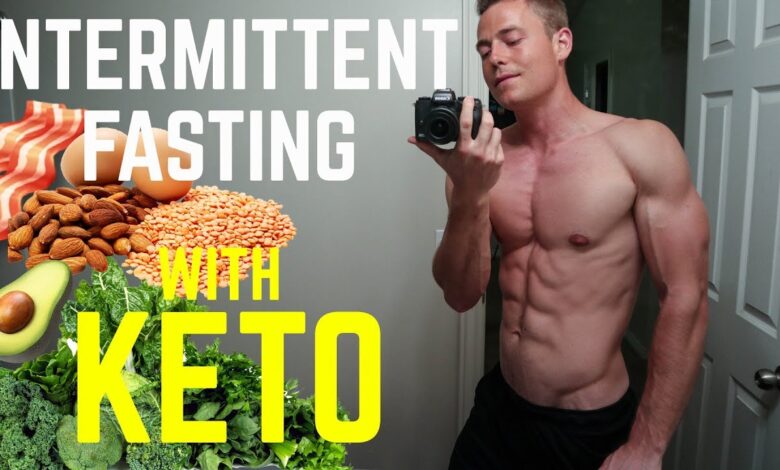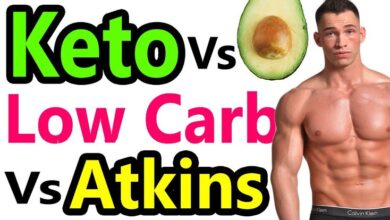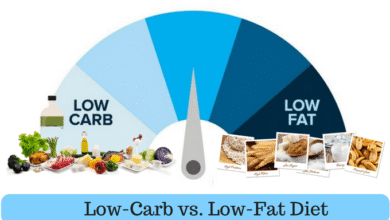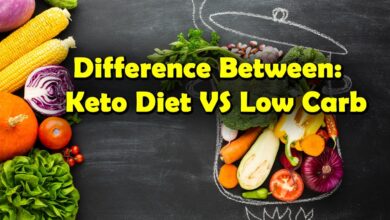
7 Essential Foods for Your Keto Intermittent Fasting Plan
Keto intermittent fasting has become a game-changer for weight loss, metabolic health, and energy optimization in the United States, Canada, and across Europe. By combining the fat-burning benefits of a ketogenic diet with the time-restricted eating approach of intermittent fasting, you can accelerate fat loss while keeping your body fueled. But here’s the big question: What foods actually help you succeed on this plan?
If you’re aiming to lower belly fat, boost brain clarity, and avoid the dreaded “keto flu,” then choosing the right foods is non-negotiable. In this guide, we’ll break down 7 essential foods for your keto intermittent fasting plan—packed with nutrients, high in healthy fats, and proven to support long-term results.
For more information about the basics of keto and intermittent fasting, you can explore this trusted Harvard Health resource on intermittent fasting.
Read Also Keto Diet Quick Weight Loss: The Ultimate Proven Guide for Rapid Results
1. Avocados: The King of Keto Foods
Avocados aren’t just trendy—they’re nutrient powerhouses. Rich in monounsaturated fats, fiber, potassium, and vitamins, they keep you full for longer, which makes fasting easier.
- Why they’re essential: Avocados stabilize blood sugar, reduce cravings, and protect your heart health.
- How to use them: Mash them into guacamole, slice them on keto bread, or blend them into a creamy shake during your eating window.
- Pro tip: A half avocado with olive oil and pink Himalayan salt makes a quick, satisfying break-fast meal.
2. Eggs: Nature’s Protein and Fat Combo
Eggs are one of the cheapest and most versatile foods on the keto intermittent fasting plan. They’re loaded with protein, choline, and healthy fats.
- Why they’re essential: They balance your macros perfectly—protein for muscle repair and fat for sustained energy.
- How to use them: Boil, scramble, fry, or make them into omelets with spinach and cheese.
- Pro tip: Hard-boiled eggs are the best portable snack if you struggle with fasting longer hours.
3. Fatty Fish: Salmon, Mackerel, and Sardines
Omega-3-rich fish like salmon are perfect for keeping inflammation low and energy high. These healthy fats also support heart health, which is a priority in the Western diet.
- Why they’re essential: They improve brain health, reduce inflammation, and support weight loss by keeping you fuller longer.
- How to use them: Grill salmon fillets, make tuna salad with avocado mayo, or snack on sardines in olive oil.
- Pro tip: Try wild-caught salmon when possible—it’s more nutrient-dense and lower in toxins.
4. Grass-Fed Meats and Poultry
Not all meats are equal. Grass-fed beef, pasture-raised chicken, and organic turkey are better sources of protein and fats than conventional meats.
- Why they’re essential: Higher in omega-3s and vitamins like B12 and iron.
- How to use them: Roast chicken thighs with herbs, make beef burgers with lettuce buns, or try keto chili.
- Pro tip: Buy in bulk from local farms or butcher shops for better quality and lower cost.
5. Leafy Greens and Cruciferous Veggies
Yes, veggies belong in keto intermittent fasting! Kale, spinach, broccoli, and Brussels sprouts are low in carbs but high in fiber and antioxidants.
- Why they’re essential: They help with digestion, provide electrolytes, and support liver detoxification.
- How to use them: Sauté spinach in olive oil, roast broccoli with garlic, or toss kale into a salad with avocado.
- Pro tip: Always pair greens with healthy fats to boost nutrient absorption.
6. Nuts and Seeds
Almonds, walnuts, chia seeds, and flaxseeds are keto-friendly snacks that give you fiber, protein, and fats.
- Why they’re essential: They help control hunger during fasting windows and provide magnesium for energy metabolism.
- How to use them: Sprinkle chia seeds into keto smoothies, make almond butter fat bombs, or snack on walnuts.
- Pro tip: Stick to small servings—nuts are calorie-dense and can slow weight loss if overeaten.
7. Healthy Oils: Olive Oil, Coconut Oil, and MCT Oil
Oils are the secret weapons of keto intermittent fasting. They help extend fasting hours by providing quick, clean energy without spiking insulin.
- Why they’re essential: MCT oil, in particular, is rapidly converted into ketones, fueling both brain and body.
- How to use them: Drizzle olive oil on salads, cook with coconut oil, or add MCT oil to your morning coffee.
- Pro tip: Start small with MCT oil to avoid stomach upset, then increase gradually.
Tips to Maximize Keto Intermittent Fasting
- Drink water and herbal teas during fasting windows.
- Use electrolyte powders (sodium, magnesium, potassium) to prevent keto flu.
- Keep meals simple—protein, healthy fats, and low-carb veggies.
- Stay active with light exercise to burn more fat.
For more on the ketogenic diet, check out this Cleveland Clinic overview of keto.
Conclusion
Keto intermittent fasting doesn’t have to feel overwhelming. With these 7 essential foods—avocados, eggs, fatty fish, grass-fed meats, leafy greens, nuts, and healthy oils—you’ll stay satisfied, energized, and in fat-burning mode. The key is balance: pair your intermittent fasting windows with nutrient-dense keto meals, and your body will thank you with weight loss, mental clarity, and improved health.
FAQs
1. Can I drink coffee while doing keto intermittent fasting?
Yes! Black coffee is ideal. You can also add a splash of MCT oil or heavy cream to enhance ketosis without breaking your fast.
2. What should I avoid eating on a keto intermittent fasting plan?
Stay away from high-carb foods like bread, pasta, sugary drinks, and processed snacks. These spike insulin and disrupt ketosis.
3. Is it safe to do keto intermittent fasting long-term?
Yes, but balance is important. As long as you eat nutrient-rich foods, stay hydrated, and get enough electrolytes, it can be sustainable for months or even years.
4. Can vegetarians follow keto intermittent fasting?
Absolutely. They can focus on eggs, cheese, nuts, seeds, avocados, and plant-based oils like olive oil and coconut oil.
5. How fast will I see results with keto intermittent fasting?
Most people notice weight loss and energy boosts within 2–3 weeks. Results vary depending on consistency, activity level, and overall calorie balance.





One Comment